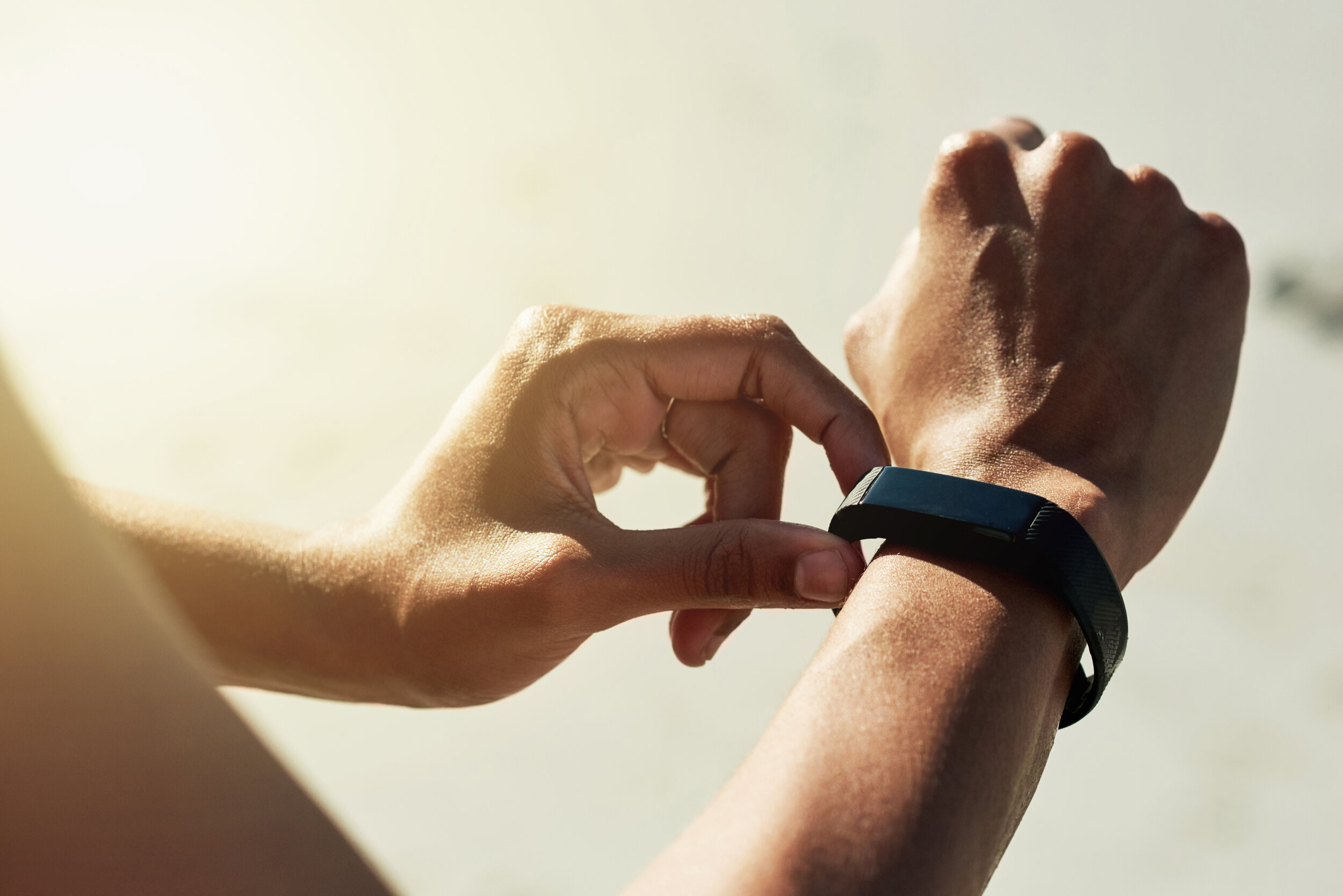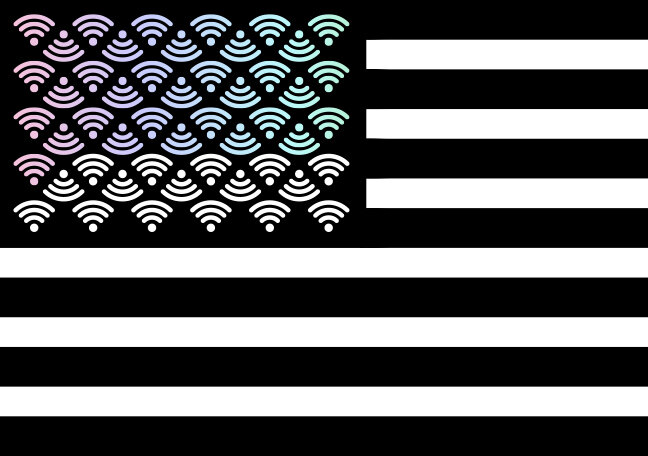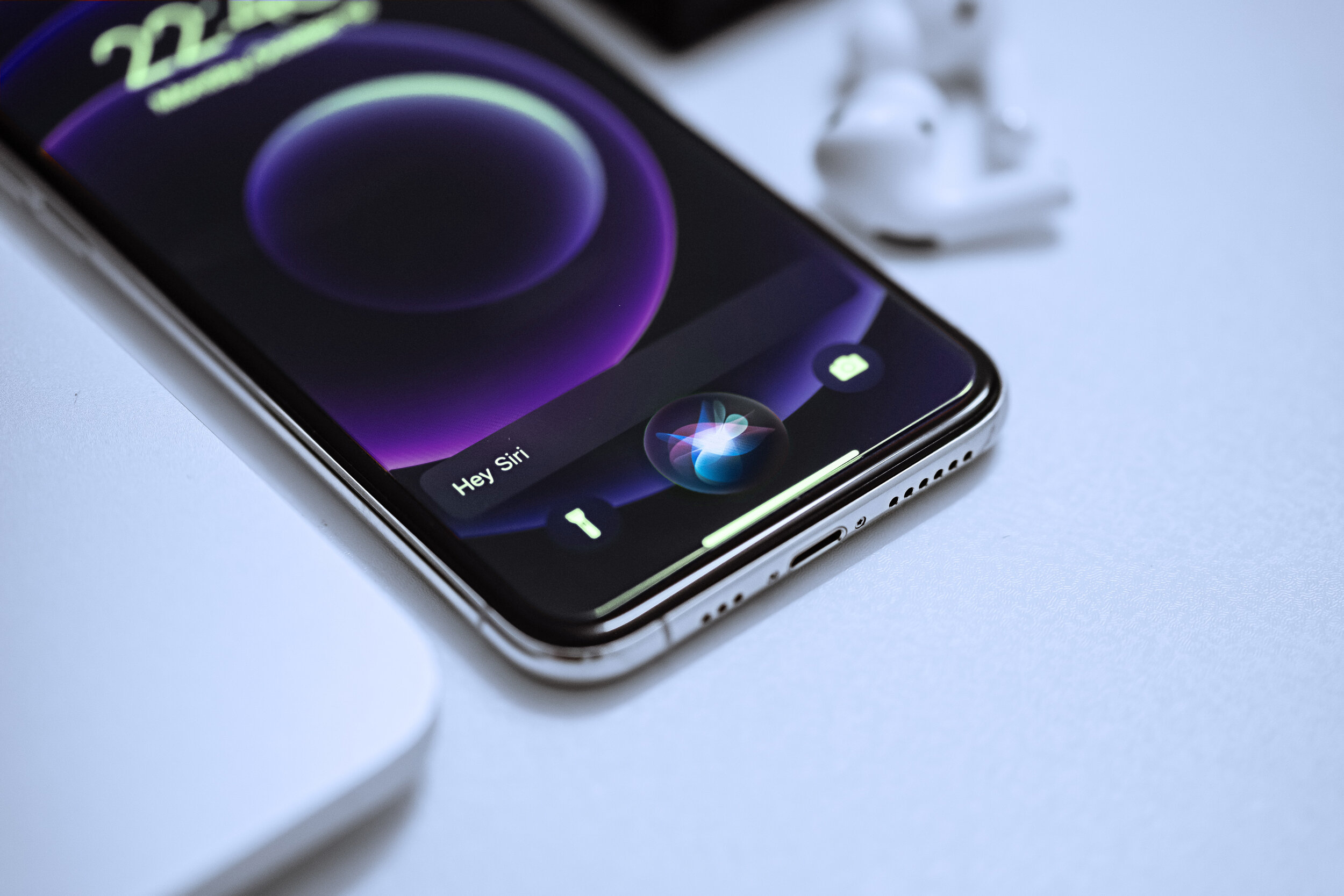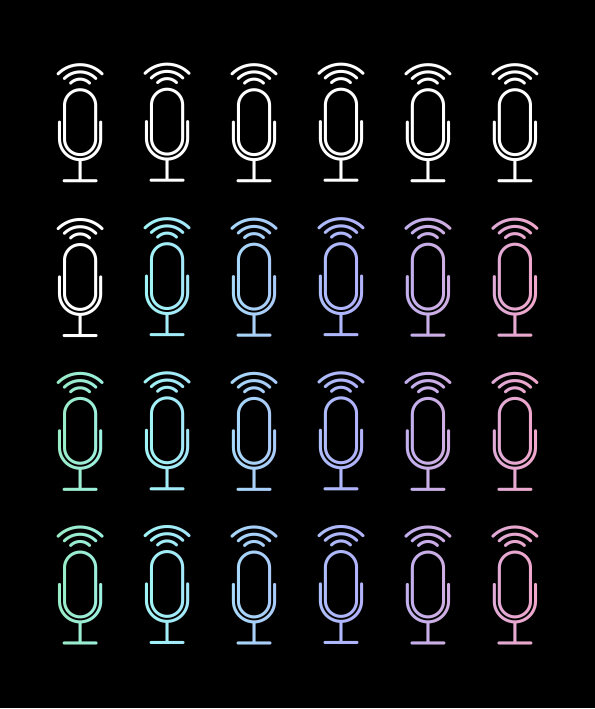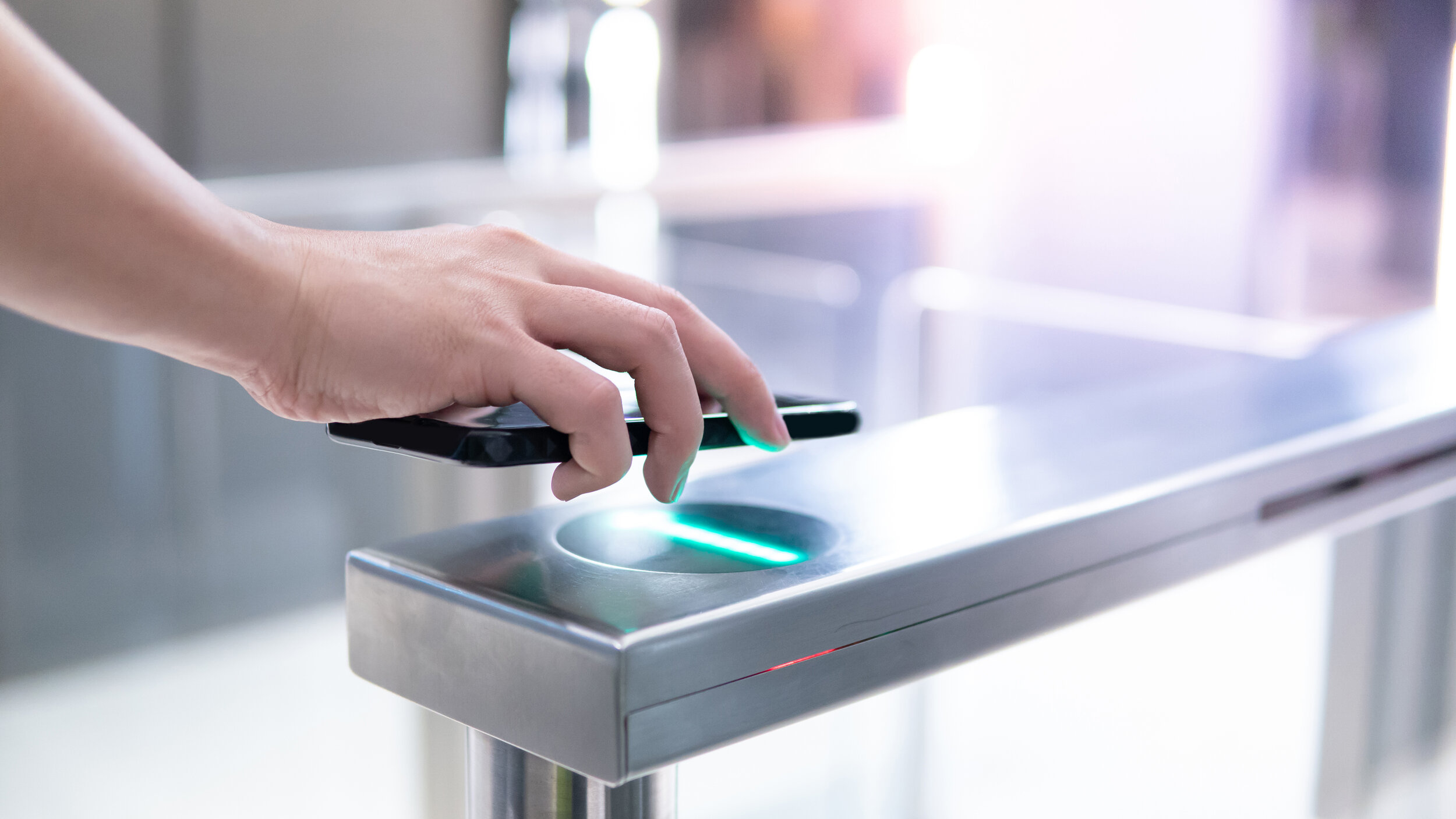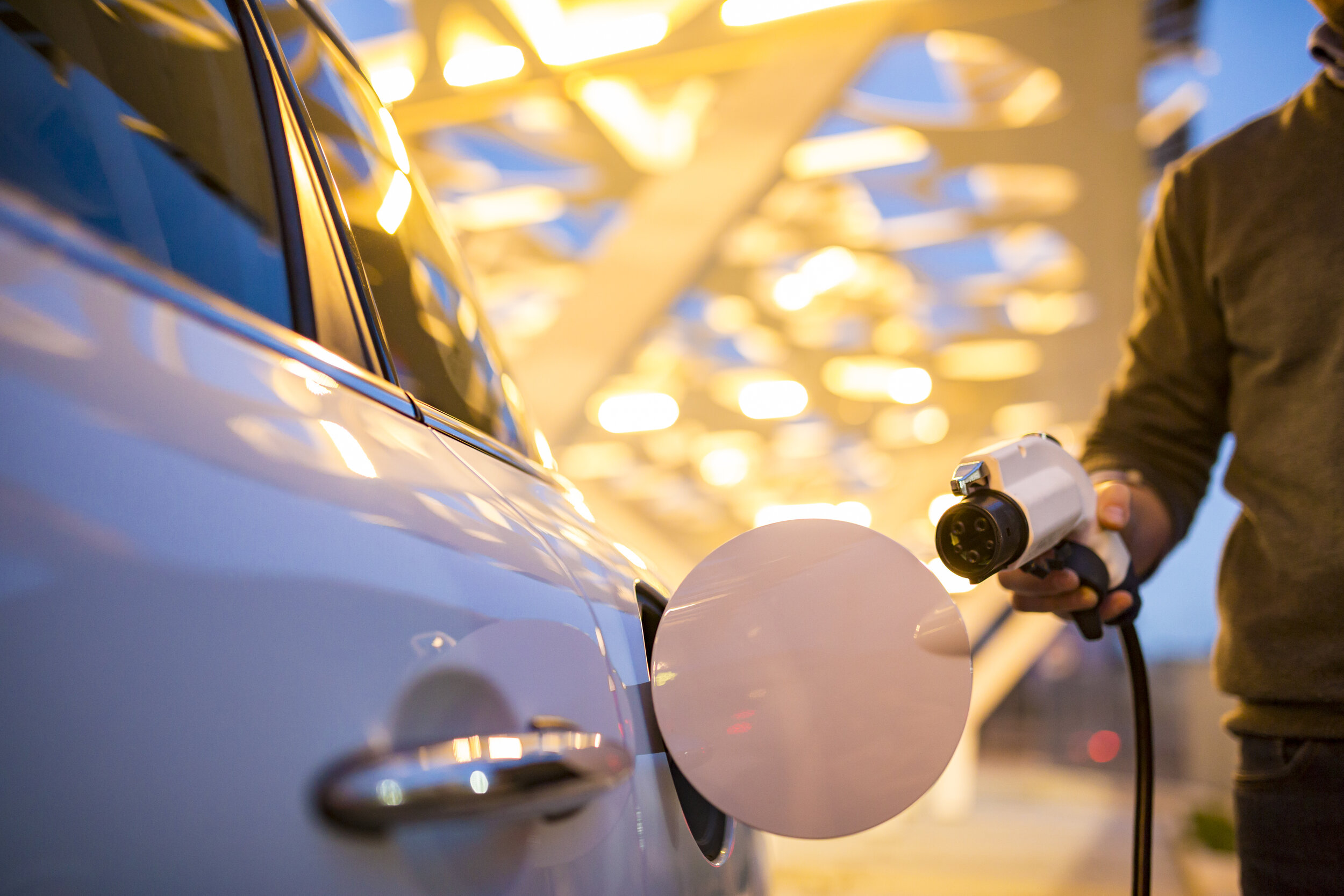The Age of Audio: The Relevance of Sound in Branding and Marketing
Age of Audio Now
We are living in the age of audio. Smart technology talks to us and assists us everyday. Our radio ad experiences are interactive and instead of just giving us information, they’re asking us for a response. Voice search is getting more accurate and becoming more of an ease of use case rather than a frustration. We can even hyper target our desired audience through sound analytics and sound value measurement.
Society has also changed. People are busier and constantly on the move. Wireless and bluetooth devices have enabled “active listening” that seamlessly continues their sound experiences wherever they go. With the power of this smart technology, we can pause our listening in one location to continue it in another location with minimal interruption. We have wearables to tell us we’ve reached or not reached our steps for the day without having to keep track for ourselves. We can change or silence the sounds to our app notifications on our phone to stay as connected or disconnected as we want.
Branding our sound invests and engages us even further. We can create a more emotional connection between customer and brand by harnessing this sensorial perspective. This, in turn, creates that immersive customer experience everyone is seeking. Curated sound design, or sonic branding, has become synonymous with brand identity and brand equity. This deep dive into a brand’s sound identity is an investment in long term ROI.
Sound is effective, efficient, emotional, and accessible to brands both big and small to better represent themselves in an ever increasing screenless world.
Pain Point
The Age of Audio is already upon us and brands are actively participating; creating and experimenting with content, spending billions of advertising dollars, and educating themselves on the latest sonic trends and case studies.
Post pandemic has introduced the Low Touch Economy (1) and sound plays a crucial role. Utilising sound alleviates worry and risk of spreading germs by eliminating the need for touch on common everyday practices like ATMs, elevators, and ordering food at restaurants. Sound provides options in a more sterile and touch less society. If your brand has yet to participate, how do you plan to engage in the new audio only and audio first platforms? If no one is looking, how does your brand plan to stand out?
“Sound is effective, efficient, emotional, and accessible to brands both big and small to better represent themselves in an ever increasing screenless world.”
solution
Although the term may only be a few decades old, sonic branding is not a new concept. We’ve always responded to and emotionally invested in sounds and what we hear, we just haven’t been fully aware of it until recently.
So how does one start exploring sound and sonic branding? Curated sound is more than just jingles and trending songs. It’s not just figuring out if your voice assistant is male or female or nonbinary. All of these are most definitely important to consider but they must be seen as an all encompassing focus on brand identity.
Finding the right sound is accomplished by finding sound that represents the brand as a persona, rather than an executive’s musical preference.
It is important to educate yourself by digging deeper than gimmicks and popular trends. To really understand sound and what it can mean for your brand you have to understand that sound is not just music. It’s vibrations, nature, the voice itself, etc. The options of utilising sound in branding are vast. Once you can step past preconceived notions of what sound is, you can start to experiment and answer the question “what does my brand sound like?”.
This document, ideally, will give you a brief overview of what’s out there and what’s to come.
Audio Advertising and Marketing
Audio advertising has been a powerful tool to sell goods and services even before the invention and distribution of the radio. Peddlers in Peking can be traced back to the Song Dynasty as they sang or had a “distinct call” for selling their wares. (2) Town criers in places like England, America, Mexico, and Canada transmitted information orally since the medieval times to a generally illiterate audience. (3) During the middle ages, and likely far before, word of mouth was the most prominent form of communication with the highest conversion rate. (4)
Audio and oral communication has been firmly set in our history and will continue to be a cornerstone of fast and efficient marketing.
Audio advertising
In the more modern sense, audio advertising through radio and other digital formats have also been proven highly effective and lucrative. For that reason, companies and brands invest incrementally more year over year.
Ad spends in digital audio advertising are expected to reach almost $6 billion worldwide in 2021; $3 billion of which will come from the U.S. (5) Ad spends in digital radio from the U.S. are expected to be just shy of $1 billion. (6) Retail related companies alone spent $485 million on radio ads in 2019. (7)
“Audio and oral communication has been firmly set in our history and will continue to be a cornerstone of fast and efficient marketing.”
It’s not just the marketers and advertisers that are invested. Online audio has an extremely active audience. In 2020, 68% of the U.S. listened to online audio on a monthly basis and 62% weekly. That’s an average of 16 hours and 14 minutes per week. For radio consumption, 63% of US adults admitted to listening daily.
Figure 1: 68% of the U.S. listen to online audio on a monthly basis
voice responsive ads vs. voice ads
Voice ads and voice responsive ads are the newest forms of digital audio advertising. These two formats, although their names are similar, hold two very different methods of communication.
Voice ads are ads with voice over messaging in between programming. The listener is then prompted with a call to action or with an informative brand announcement. Ultimately it is the listener’s responsibility to follow through.
Voice responsive ads are when the ad prompts you to engage with it by encouraging to respond back in real time. the listener to respond back in real time.
Although responsive ads may be more work initially, they can potentially save a lot of time and money for a brand in the long run. They are designed to hyper-target new and existing customers by carefully designing ads for a smaller yet more specific audience. This is a different approach than traditional native advertising which is accustomed to blanketing the airwaves.
With 4.2 billion smart devices being used as of 2020 and an expected 8.4 billion by 2024 (8), the numbers and the spends are clear. Voice Ads, in general, are a smart bet.
Figure 2: Smart device use is predicted to double in the next 3 years
Voice in Commerce
Voice usage is on the rise. In 2017, it was reported that 31% of smartphone users used voice search at least once a week. (9) Not surprising that a year later, reports showed that 27% of US adults favoured the option of voice first because of their ability to shop online hands free. (10)
People are on the move and busy. Having the ability to interact with technology in a more mobile capacity allows more options for both the consumer to go about their day and for a brand to be available to them at any given moment. Case in point, in 2020, smartphones were the consumer’s voice search top choice followed by within a car, smart home devices, wearables, and appliances. (11) 39% of the US was also reported to have used voice assistants on their smartphones. (12)
Although voice shopping is still in its infancy and voice assistant users are less than 50%, voice commerce sales still reached $2.1 billion in 2018. (13) Brands and marketers are responding. In 2021, they spent $41 billion on conversational commerce channels. This is expected to increase to $290 billion by 2025. (14)
“Having the ability to interact with technology in a more mobile capacity allows more options for both the consumer to go about their day and for a brand to be available to them at any given moment.”
Even with these numbers, as of July 2020, only 15% of brands provided voice search options or Siri shortcuts on their mobile apps. (15) As we move forward through this age of audio, this discrepancy could be very detrimental. Voice search is happening everywhere and that’s only going to increase. 48% of the population is already using voice for general website search. (16)
According to a 2019 survey, 17% of early voice adopters say that they had browsed or shopped using voice assistants. Although that seems very low, the report goes on to reveal that 46% of those surveyed hadn’t even used voice assistants at all. (17) That’s a huge market of consumers that have yet to enter the voice first space.
So how does voice assistance turn into intent for non-users?
Figure 3: Hands free phone use
smart speakers
Smart speakers, the mainstream flagship of voice first and voice assistance, has served as a bridge; transporting mainstream consumers into the unfamiliar yet intriguing voice first space.
With a low price point and a fairly straight forward learning curve, core functions are easy to introduce into a routine. For example, adding milk to your grocery list, playing music, listening to the news, etc. It’s no wonder that as of 2020, 320 million homes globally have a smart device. (18)
Smart speakers have expanded and morphed into more than just a “what’s the weather” use case. Multiple iterations now have displays. There are smart speakers specifically for children, and for music lovers. Some speakers can even be configured to use multiple voice assistant software (ie Google or Amazon).
During COVID-19, smart speakers were a link to the outside world. According to the Smart Audio Report, as of spring 2020, smart speaker users requested 10.8 different types of tasks every week on their devices; up from 9.4 in 2019. (19) Smart speaker users bought more devices to help entertain their family and listened to an average of 1-3 hours of news a week to stay connected and informed.
Those wisened by age have also increased their usage. Smart devices have allowed them to keep in touch with loved ones, and vice versa, set reminders for medication and other daily tasks, stay engaged through conversation with the AI and/or by listening to books and music.
Smart technology has become a companion during isolation.
Podcasts and Brands
Many companies and brands have found great value and success in creating or partnering with a podcast. Creating branded programming, allows extra time “to talk” to customers about the brand and what it does.
By investing the time and resources to create a relevant podcast, a brand increases its exposure by adding this additional marketing platform to their strategy. Podcasting creates notoriety and holds potential for additional revenue streams.
A podcast audience is an engaged audience. According to Edison Research, this captive audience is 54% more likely to consider the brands advertised on their trusted podcast shows. (20) With 1.7 million active podcasts to choose from as of 2021 (21) and 41% of said audience being non white (22), brands are sure to find a large and diverse audience to market to.
Podcast Advertising
If a branded podcast is not of interest, podcast advertising is also a lucrative option. By placing ads on a podcast that is inline with a brand’s buyer persona, they are able to speak directly to a hyper targeted audience. Podcast advertising creates a much higher chance of audience’s acting on a brand’s call to action.
It is also important to consider who is voicing your ad. According to Neilson’s podcast effectiveness survey, “host read ads have a 71% higher level of consumer, purchase, and recommendation intent,” (23) than pre-recorded ads produced by the brand itself.
“Podcasts increase the accessibility of a brand, encourage loyalty and trust, engage a wider and more diverse audience, and evoke a more emotional connection.”
Choosing podcasts to align with allows brands the ability to hyper target within a large and growing audience. As of 2021, 35% of Americans listen to podcasts on a monthly basis. The average weekly US podcast listener listens to 5.1 shows per week. (24) 74% of those weekly listeners consume more than just one episode. (25)
Whether the focus is lead generation, selling or advertising products, or just increasing brand exposure, podcasts are a smart way to diversify a marketing strategy. Podcasts increase the accessibility of a brand, encourage loyalty and trust, engage a wider and more diverse audience, and evoke a more emotional connection.
Figure 4: Host read ads in podcasts have a 71% higher level of consumer, purchase and recommendation intent than pre-recorded ads produced by brands themselves
POS and Other Functional Sounds
Sound used as a design element is certainly underutilised as it is not completely understood yet. Treating sound as an accent or part of the “decor” of marketing can truly make a brand stand out. However, not all accents work.
Understanding a room, its attributes, and the decor already set in play must be a consideration before introducing new elements. Sound design is where the good sound is separated from the bad sound and/or noise. It is also how functional sound is successfully created.
Functional sounds such as Point of Sale (POS) sounds are great ways to incorporate a unique identity to a brand. In the case of POS especially, finding a sound trait that associates with a brand is a relatively new thought but becoming highly sought after.
POS sounds are the last, or one of the last impressions a brand has on a customer. For example, the sound emitted on a chip reader. Until recently, that sound was either generic and impersonal or annoying and off putting. If this is the end of a customer’s sales journey, to hear something pleasant and memorable as they put their credit card back in their pocket makes logical sense. By leaving happy and satisfied, the possibility of future visits, purchase increases, and brand loyalty is heightened.
Other functional sounds associated with a brand are ringtones, application sounds, oh-hold music, interactive voice response (IVR), voice over or voice assistance, presentation music, environmental sounds, campaign video music and sound effects, interactive VR, etc.
Functional sound has the potential to be a subtle yet incredibly powerful form of brand recognition, loyalty, and advocacy.
Electric vehicles
Electric vehicles are the future of the automotive industry. They are not only fuel efficient (i.e. require none) but also support a greener ecosystem. Electric cars can be both functional and luxurious and are a new way to travel from one point to another. But with electric engines comes a lack of sound. All sounds emitted from electric vehicles must be engineered from scratch. Sound must exist as it aids in prompts for both drivers and nearby pedestrians. It tells the driver to stop and/or the pedestrian to wait. There are operational sounds, trigger sounds, and alert sounds that are emitted both inside and outside of the cabin.
Companies are meticulously developing their electric vehicle sounds while also adhering to carefully regulated sound schemes. For instance, US automotive companies manufacturing electric vehicles must follow the Quiet Vehicle Compliance Tool ordinance enacted by the National Highway Traffic Safety Administration (NHTSA). This ordinance determines “if pedestrian alert sounds for motor vehicles meet the standard established in Federal Motor Vehicle Safety Standards (FMVSS)”. (26)
These sounds must be familiar, yet unique, all while following strict guidelines.
Directional and Live Sound
Maybe the most familiar form of voice in commerce is live sound. Live sound is a form of immersive audio that is experienced within a larger audience. Live sound can be anything between concert venue sounds, overhead music played within a brick and mortar store, presentation music for a product launch, or the sounds heard within an art exhibition or a company event.
Directional sound is a more focused immersive audio experience. It is sound technology that is aimed in a particular directional field, rather than spreading naturally according to traditional sound engineering principles. (27) One way of getting such an effect is by using ultrasound rather than traditional radio waveforms to position the sound exactly where it needs to go.
“A foot to the left or a foot to the right is the difference between sound experience and lack thereof.”
A great use case is museum exhibitions. Instead of having the user put on headphones that need to be constantly cleaned and maintained, the customer can simply walk in front of the display and enjoy the experience with the historical or factual information presented to them individually through a directional speaker. A foot to the left or a foot to the right is the difference between the sound experience and lack thereof.
What is sonic branding?
What has been discovered through this new age of audio is that sound can be attributed to marketing. And with marketing, branding has to be considered. Sound branding, or sonic branding is creating a unique sound for a brand or company that can then be incorporated into all of the brands’ audio touchpoints in one way or another.
Sonic branding is mouldable and flexible. It can change over time and be rethought to represent different demographics and locations and establish relevance in world changing circumstances.
it’s not just music
Sonic branding can be anything. It is not limited to tonal music. It can be music or sound or even vibrations. By releasing the idea that sound branding is only music, the formation of new entry points into future marketing and technology outlets as a whole can be realised.
“Sonic branding can be anything. It is not limited to tonal music. It can be music or sound or even vibrations.”
With our society demanding a more and more immersive customer experience, a rise in multimodal and cross modal technology, and the post COVID demands for touch less devices and interaction, brands need to be ready to communicate in every possible way which includes communicating through sound.
A part of sensory marketing
For whatever reason, we have always gravitated towards visuals above the other senses. A century or so of official marketing history has shown this to be true. However, when television showed up in the early 20th century, brands and marketers had to retrain themselves to think in a more multi modal capacity; sight and sound. And when the idea of creating a multi sensorial experience presented itself, this is where it got really interesting.
The term sensory marketing showed up in the 1940’s alongside television. Sensory marketing is the utilisation of one or more of the five senses within marketing and branding strategy. It’s a more intimate and emotionally driven way to connect with an audience. (28) Where traditional mass marketing focuses on the company dictating the marketing message, sensory marketing focuses on the product as the persona. The product’s “emotion” tells the story. Marketers use it to try and delve in deeper to the psyche of the consumer. (29)
“There are five senses available to us; sight, sound, touch, taste, and smell. They all contribute to the immersive customer experience. The more we are able to activate a genuine emotional response through these experiences, the more powerful our brand identity becomes.”
There are five senses available to us; sight, sound, touch, taste, and smell. They all contribute to the immersive customer experience. The more we are able to activate a genuine emotional response through these experiences, the more powerful our brand identity becomes.
Conclusion
The world has changed. The consumer is now asking for seamless and immersive customer experiences. The usages and implications of audio and sound assist in the innovation of a more immersive sensorial perspective.
What once was subconscious acknowledgement has transformed into an expected everyday immersion. Our ads and sound experiences must be sonically relevant and flawlessly produced. Our ears will recognise bad sound and automatically discount whoever or whomever emitted it.
“What once was subconscious acknowledgement has transformed into an expected everyday immersion.”
Audio and sound can create an incredibly positive and powerful user experience. This leads to brand loyalty, brand advocacy, and rich brand equity with future ROI.
Mindful sound and audio is a long term investment with high reward.
Appendix
1 https://www.boardofinnovation.com/low-touch-economy/
2 http://beijing.virtualcities.fr/Texts/Articles?ID=58
3 https://www.americanantiquities.com/Journal%20Articles/thetowncryer.html
4 https://about-history.com/have-you-ever-wondered-about-advertisement-in-the-medieval-period/
7 https://www.statista.com/statistics/252244/leading-radio-advertising-industries-in-the-us/
9 https://www.statista.com/statistics/787382/worldwide-voice-technology-utilization/
10 https://www.statista.com/statistics/996977/positive-attributes-voice-shopping-adults-usa/
11 https://www.emarketer.com/content/voice-assistant-and-smart-speaker-users-2020
17 https://www.sumoheavy.com/the-sumo-heavy-2019-voice-commerce-survey/
18 https://www.statista.com/statistics/878650/worldwide-smart-speaker-installed-base-by-country/
19 https://www.nationalpublicmedia.com/insights/reports/smart-audio-report/
20 https://www.edisonresearch.com/the-podcast-consumer-2019/
22 https://www.nielsen.com/us/en/solutions/capabilities/podcasting/podcast-buying-power/
23 https://www.nielsen.com/us/en/insights/report/2021/podcasting-today/
24 http://www.edisonresearch.com/wp-content/uploads/2021/03/The-Infinite-Dial-2021.pdf
25 https://www.nielsen.com/wp-content/uploads/sites/3/2021/02/Nielsen-Podcasting-Today-Feb-2021.pdf
27 https://www.techopedia.com/definition/14784/directional-sound
Article written by Jeanna Isham
See more blog articles >
